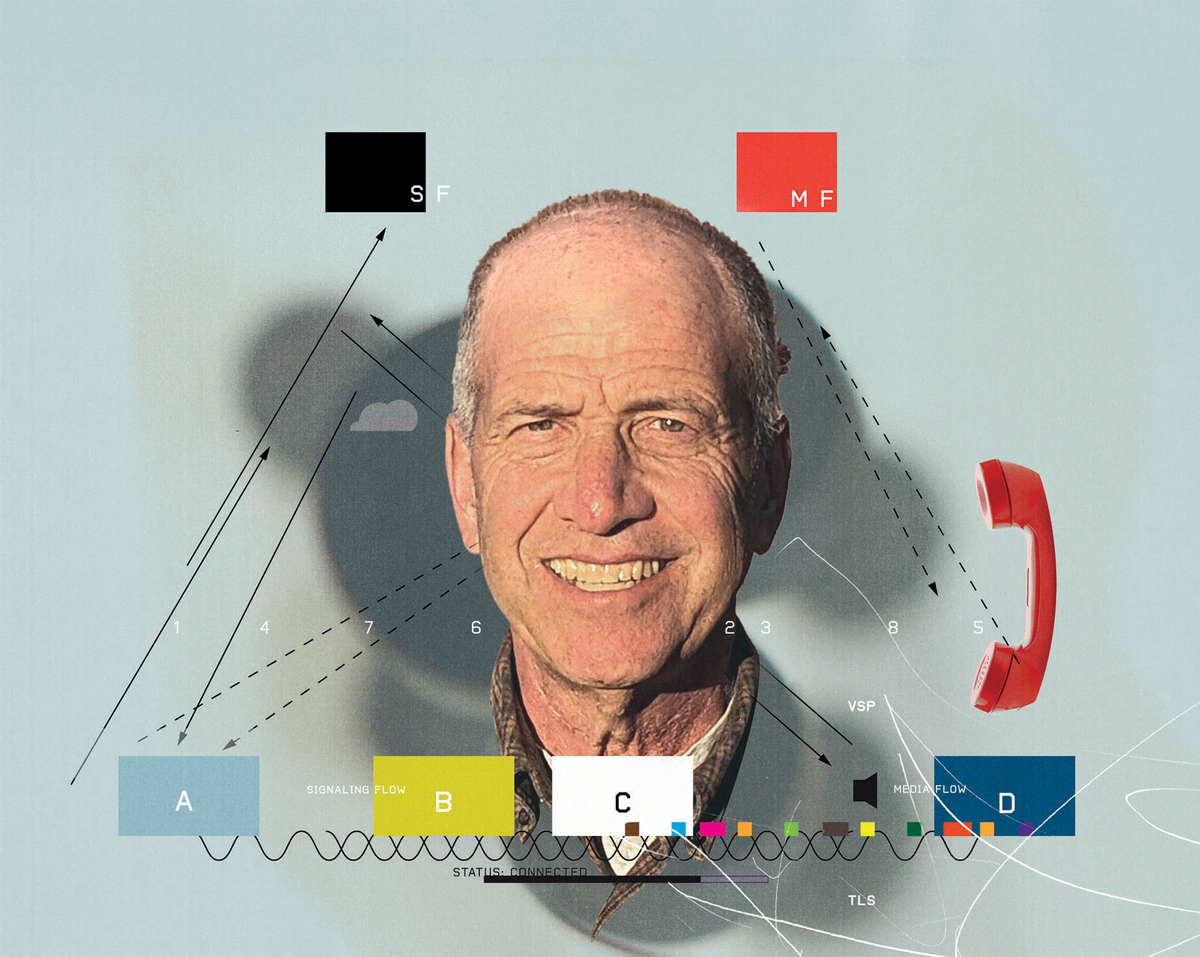A consortium of European robotics labs is developing a humanoid robot by copying not only the overall form of the human body but also its inner structures: bones, joints, muscles, and tendons. The goal of the ECCEROBOT project is to create an anthropomimetic robot whose body moves and interacts with the physical world in the same way our flesh bodies do. The researchers used thermoplastic polymer, elastic cords, and other soft, flexible materials to build the torso, arms, and hands.
One potential advantage, according to the researchers: shake hands with ECCE and it won’t crush your bones.
The result is fascinating, if a bit creepy. The robot looks eerily organic, with parts that look like bone and muscle. The researchers say that humanoids built with metal parts and electric motors and actuators have limitations in the kinds of interactions they can have with humans and the environment. Indeed, they say, these limitations may affect their ability to perceive and “internalize” the world around them.
The big challenge now is devising methods for controlling such flexible (the technical term is compliant) robots. The researchers say there’s a lot of work to do in terms of understanding intrinsic movement patterns and being able to model and control these movements. Once they make progress in that direction, their ultimate goal is to use the robot’s human-like characteristics to explore human-like cognitive features.
The consortium, led by the University of Sussex (UK), includes Technische Universität München (Germany), Universität Zürich (Switzerland), Elektrotehnicki Fakultet Universitet u Beogradu (Serbia), and the Robot Studio (France).
Erico Guizzo is the Director of Digital Innovation at IEEE Spectrum, and cofounder of the IEEE Robots Guide, an award-winning interactive site about robotics. He oversees the operation, integration, and new feature development for all digital properties and platforms, including the Spectrum website, newsletters, CMS, editorial workflow systems, and analytics and AI tools. An IEEE Member, he is an electrical engineer by training and has a master’s degree in science writing from MIT.


